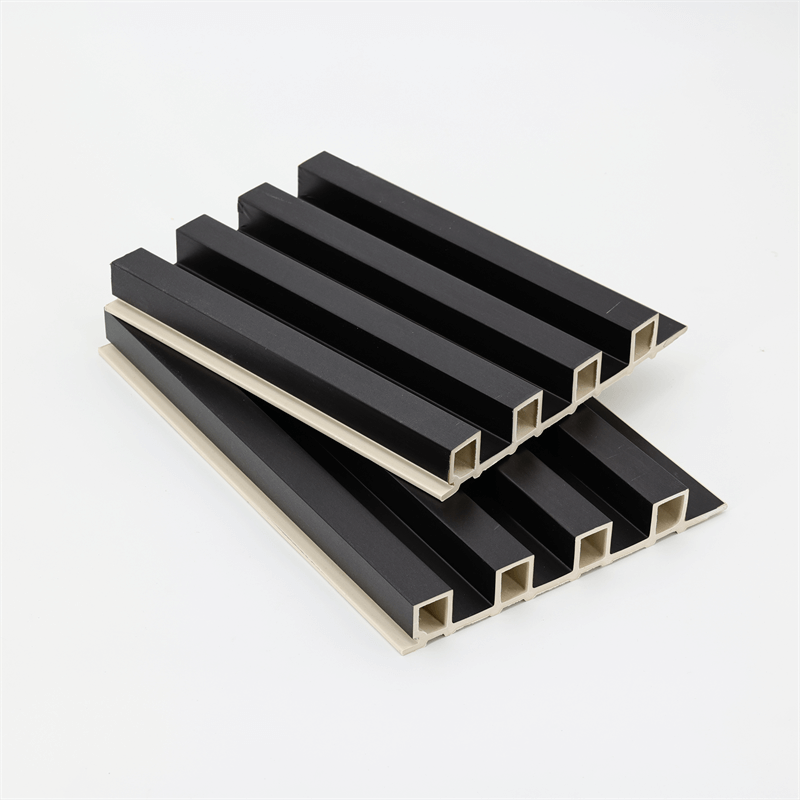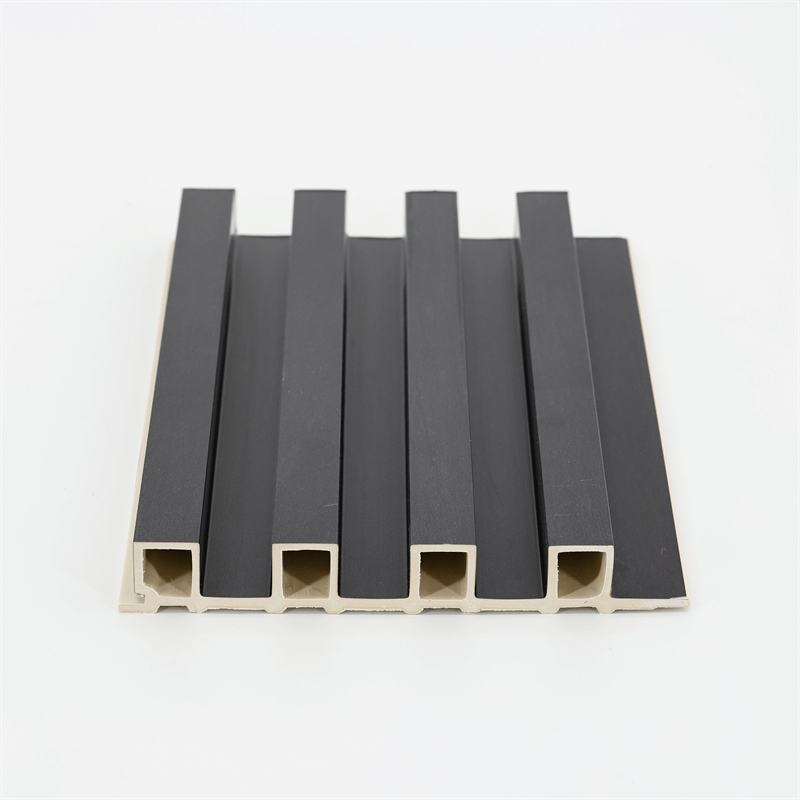In the world of interior design, the quest for versatile and visually appealing materials is ever-present.
Wood Plastic Composite (WPC) wall panels have emerged as a game-changer, offering a perfect combination of aesthetics, functionality, and sustainability.
This essay explores the significance of WPC wall panels in enhancing interior design, discussing their versatility, design possibilities, functional benefits, and environmental impact.
I. The Versatility of WPC Wall Panels
WPC wall panels are renowned for their versatility, as they can be seamlessly incorporated into various interior design styles.
Whether you prefer a contemporary, rustic, or traditional look, WPC panels offer a wide range of options to suit your aesthetic preferences.
The panels come in various colors, textures, and finishes, allowing you to create unique focal points, accent walls, or complete room coverings.
The versatility of WPC panels extends beyond their appearance, as they can be installed vertically, horizontally, or in innovative patterns, adding depth and character to any interior space.
Not only do WPC wall panels provide design flexibility, but they also offer the option of customization.
Many manufacturers offer the ability to create panels with specific dimensions, colors, and patterns to meet the unique requirements of each project.
This level of versatility and customization empowers interior designers to bring their creative visions to life and create truly unique and personalized spaces.
II. Expanding Design Possibilities with WPC Wall Panels
With WPC wall panels, interior designers have the opportunity to unleash their creativity and transform ordinary spaces into stunning works of art.
The panels can be easily customized to match different architectural styles, enabling seamless integration with other design elements.
By combining WPC panels with other materials such as glass or metal, designers can create captivating and visually striking designs that captivate attention and leave a lasting impression.
The interlocking system of WPC panels ensures smooth and uninterrupted surfaces, enhancing the overall aesthetic appeal of any room.
Moreover, WPC wall panels offer a variety of design options to suit different tastes and preferences.
From sleek and modern designs to more traditional or rustic aesthetics, WPC panels can be selected to complement the overall theme and ambiance of the space.
Additionally, the panels can be used to create unique visual effects, such as creating a sense of movement or adding texture to an otherwise plain surface.
The design possibilities are virtually limitless, providing interior designers with ample room for creativity and innovation.
III. Functional Benefits of WPC Wall Panels
Beyond their visual appeal, WPC wall panels offer numerous functional benefits that enhance the interior design experience.
These panels are highly durable and resistant to moisture, making them ideal for areas prone to humidity, such as bathrooms and kitchens.
Unlike traditional wood panels, WPC panels do not absorb moisture, preventing issues such as warping, swelling, or rotting.
This durability ensures that the panels maintain their structural integrity and visual appeal over time, reducing the need for frequent replacements or repairs.
In addition to their moisture resistance, WPC wall panels are also resistant to fading, staining, and scratching.
This makes them suitable for high-traffic areas or spaces where there is a likelihood of spills or accidents.
The panels can be easily cleaned with mild soap and water, requiring minimal maintenance compared to other wall covering options.
This low-maintenance aspect of WPC panels is particularly advantageous for busy homeowners or commercial spaces where time is of the essence.
Another functional benefit of WPC wall panels is their insulation properties.
The composition of the panels, with a combination of wood fibers and plastics, provides thermal insulation that helps regulate temperature and reduce energy consumption.
This not only contributes to a comfortable living environment but also leads to cost savings by minimizing the need for excessive heating or cooling.
IV. Environmental Impact of WPC Wall Panels
In an era of increased environmental consciousness, WPC wall panels stand out as a sustainable choice for interior design.
These panels are manufactured using a blend of wood fibers and recycled plastics, reducing the demand for virgin materials and diverting waste from landfills.
By choosing WPC panels, designers and homeowners contribute to the conservation of forests and reduce carbon emissions associated with traditional wood products.
Moreover, WPC panels have a longer lifespan compared to natural wood panels, reducing the frequency of replacements and minimizing waste generation.
The panels are also recyclable, ensuring their sustainable life cycle from production to disposal.
Unlike conventional wood panels, WPC panels are resistant to decay, pests, and rot, reducing the need for chemical treatments that can harm the environment.
Furthermore, the production of WPC panels consumes less energy and water compared to the manufacturing processes of other materials.

This reduces the overall carbon footprint and environmental impact associated with their production.
By choosing WPC wall panels, interior designers can prioritize sustainable practices without compromising on style or performance.
WPC wall panels offer a versatile and sustainable solution for enhancing interior design.
Their versatility allows for seamless integration into various design styles, providing endless possibilities for customization.
Designers can unleash their creativity and create visually stunning spaces by combining WPC panels with other materials.
The functional benefits of WPC panels, including durability, moisture resistance, low maintenance, and insulation, make them a practical choice for modern interiors.
Moreover, their environmental impact aligns with the principles of sustainability, making them an eco-friendly alternative to traditional wood panels.
By incorporating versatile WPC wall panels into your interior design projects, you can create captivating and sustainable spaces that reflect your unique style and values.


